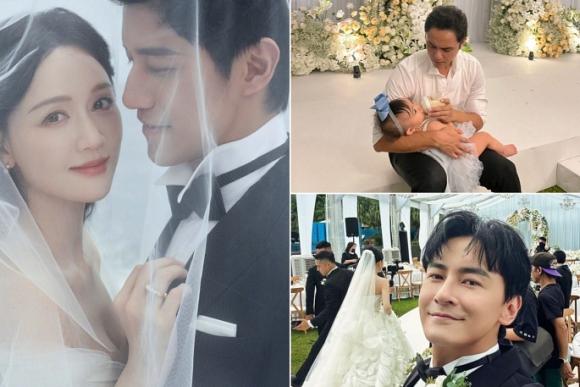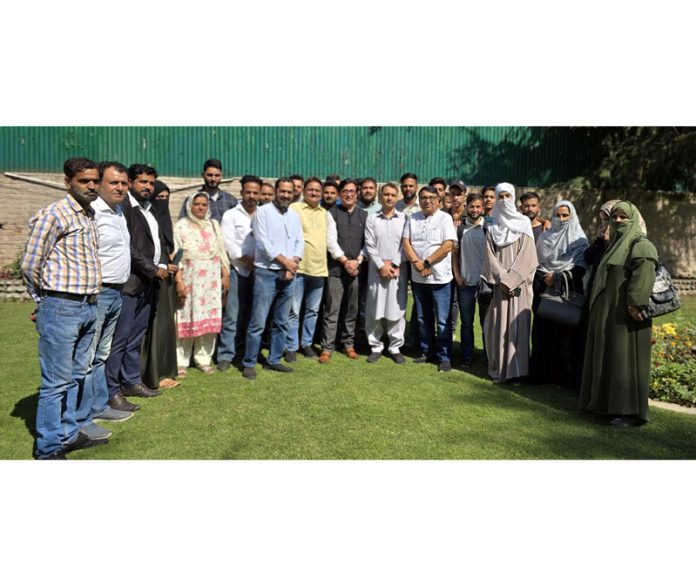, is one of the few directors who deserves the enfant terrible label. The Danish filmmaker, best-known for his neon-drenched tales of sex, violence and revenge — , , — is at the this year with two works that, he says, represents both his “classic past and the future”: A and , a seven-minute commercial for Italian motorcycle company MV Agusta. “Whoever said a movie can’t be seven minutes long?” is its irreverent, Refn-esque tagline.
In recent years, Refn has pivoted from cinema towards streaming, bringing his acid Day-Glo aesthetic and digressive narrative style — he typically shoots in sequence, not knowing how his stories will end — to series like for Amazon and . He also, surprisingly, for the BBC. Refn spoke to about revisiting his origins with the restoration, the possibility of working with Ryan Gosling again, and why, despite being linked to , and even , he’s never gone Hollywood.

Well, your memories don’t disappear. But I think one of the things that I reminded myself of just [doing the restoration] was how lucky I was to have been able to make a movie at that time, with very little to show for until then. It’s a bit like going into and getting a record contract when you can’t play the instruments, but you’re really good at selling yourself.
That was something I was very grateful for, for having been given that opportunity. And I made it with arrogance, which is what you’re supposed to do. I think it very much cemented my desire to always be the audience of one, because, at the end of the day, that’s really all you can do.
You can just be yourself and make what you would like to see. And that is the one thing you can never be criticized for, for being yourself. There’s a sense of freedom in that kind of attitude, you know? So although I’ve gone down many paths, I don’t think I’ve ever changed.
At least my mother believes I’ve never changed. Well I restored all three [ ] films, so it was more like looking at the larger canvas but, of course, when you’re dealing with your first official piece of work, there’s a lot of warm memories attached to it. There’s also a real understanding of how quickly time passes, and that it’s important that we have a good time all the time.
The idea of going in and making something with so much attitude and naivety, in a really idealistic way. was like Kaspar Hauser was given a camera. There’s a sense of innocence that was nice to revisit, in a way that you were so grateful for the smallest things, and then as you grew, everything got just more complicated.
That’s always something to really remember, that just being allowed to do what you want to do is the greatest privilege you can ever have. We always talk about it. But I do that with [ and star] Ryan Gosling as well.
We always talk about how we’ve got to get back together again. But we’ve all grown older and more wiser, and the industry has been mutating into something else. I know that eventually will work together again.
It’s like Christmas: You never know what you’re going to get, which is nice, because everything is possible. No, no. On the contrary, it’s gotten easier and easier, but I think it’s because I held on to the belief that at the end of the day, I could only do it my way, and if you are true to yourself, then you’re free.
I learned very early on that compromise did not exist in my hemisphere. I’ve just found other ways to make what I want to make. I think the way Jonathan describes it is very precise.
You are more aware of the idea that you’re communicating through a commercial medium, but there’s also something very freeing in that. I don’t see anything different from what I did making to making B . It seems kind of ironic that it’s a commercial that is part of the official selection at Venice, but I think it opens up interesting avenues, particularly seeing both these projects back to back.
It shows where I originated from and where I am now. It’s almost a life cycle event. That was what was very fun about Venice selecting these projects, representing both the classic past and the future.
But the future of cinema is so unpredictable. What’s the difference in making a seven- to eight-minute commercial and a feature film for the commercial market? There’s no real difference and there never was. We were just segregating them from each other, but technology has kind of allowed everything to become one giant screen where everything just feeds into each other.
If we can break down the barriers of the norms of cinema, maybe it’s not to reinvent cinema but to infuse new energy into the motion picture industry. ..
. Absolutely, I think that a lot of new avenues are beginning to open up. I did a similar project about two years ago with Prada, where we also made a larger installation that became a film, and it was enormously freeing.
There are so many more possibilities if the format can be different. Telling a narrative within X amount of time has become so predictable. But you can go through your social feeds in a matter of a few minutes and you have a completely free narrative of just experiences.
What does that do to traditional cinema? It makes the past seem ancient, and not as freeing as the future. I think especially the brands, usually in fashion or luxury, have a desire to tell narratives with an enormous amount of sensibility and obviously quality. At the end of the day, we are all selling illusions, so for me working with these places is a wonderful collaboration, because it allows me to continue to be me, but also in a world that is much more seeking experimentalism, and is not so rigidly bound to a conventional narrative structure.
It’s a little bit like when Netflix first came on the scene, they really challenged the norm of what is cinema, because could put it up on their service, and it would become instantly accessible. All these elements or experiences are part of the central challenge [of cinema]: How do you communicate motion and emotion? We are all as much visual artists as we are storytellers. Well, that’s an interesting question.
I think a lot of it had to do with the Famous Five being something I grew up with as a child. You know, being Danish, everyone kind of grew up with those books. The urban legend is there was the foundation for , which is something I loved watching.
I read to my kids. So when the opportunity came, it was not so much about wanting to do the but more about creating my version of the Famous Five. We don’t stick much to the books, we invented new storylines, new adventures for the Famous Five.
Obviously, there were challenges with both the financing and the estate, but they weren’t trying to stop things. We just needed to open their eyes to what was possible. Obviously, making a show for younger kids, where a whole family can gather around the TV screen to watch it, is also exciting, because I’ve never done that before.
One of the dangers in any creative process is you start repeating yourself or start feeling comfortable. You find a formula you think works and you start repeating it. My thrill comes from not knowing what I’m doing and stepping into something I’m not familiar with.
It’s almost like you have to erase your memory on how to make a movie in order to make a new movie, and then you have to make it with the arrogance of: Well, if this is going to be my last movie, at least I’ll make it movie. Going back to when you were asking about watching , again, the experience reminded me that when I made it, I thought: ‘If I make it exactly how I want to make it, then I’ll be free.’ Because it’s 100 percent itself.
Isn’t that what the world is craving more than anything else, authenticity, real emotions? Life is so short and we spend so much time looking the other way, and this is where art can, hopefully, remind us that the human heart can be the most beautiful thing in the world. When all the politicians create wars and conflict, the artist can come in and remind everyone why life is worth living. That is why all of us who are part of this art ecosystem, that includes you, have a mission to keep it alive.
Well, let me put it like this: Sometimes the idea is more interesting than the reality. Sitting around the table talking about remaking is probably more fun than remaking it or , for that matter. But I think I never turned down anything.
I just had meetings with everyone but never really materialized, none of these projects became a real reality. But the illusion is always more exciting than the actual bones of it and, at the end of the day, I’ve always found if I can make my own projects that define myself, that is more satisfying. But that’s maybe because I haven’t found the right project.
I mean, sure I’ll make , or , whatever it’s called, if it came my way. I love Hollywood, I love the machinery, I love the the campiness of it, the iconography and the excitement around it. I guess I’m still waiting for the right moment, but until that comes, I do very much prefer my freedom.
Being free to do what I want to do every day is, for me, a very essential, very pleasurable experience. I’ve never let a lack of opportunity stop me. Maybe I’ll take up painting.
Even though I’m colorblind [which is why Refn favors high-contrast images in his films] and don’t know a thing about painting. If someone comes to me and says, “We have this thing and want you to help us make it,” I’m always open. But I don’t sit around and wait for the heavens to fall.
I just do it myself. Yes, I think it’ll be fun to make a movie again at this moment, because the industry is in such turmoil that, in a way, now is the time to make a movie, because everything is free fall, and no one knows anything. Everything is unpredictable.
There’s an opportunity to look at the medium through a fresh pair of eyes. To take this medium, make it your own and run with it. That’s the greatest drug you’ll ever take.
THR Newsletters Sign up for THR news straight to your inbox every day More from The Hollywood Reporter.



















